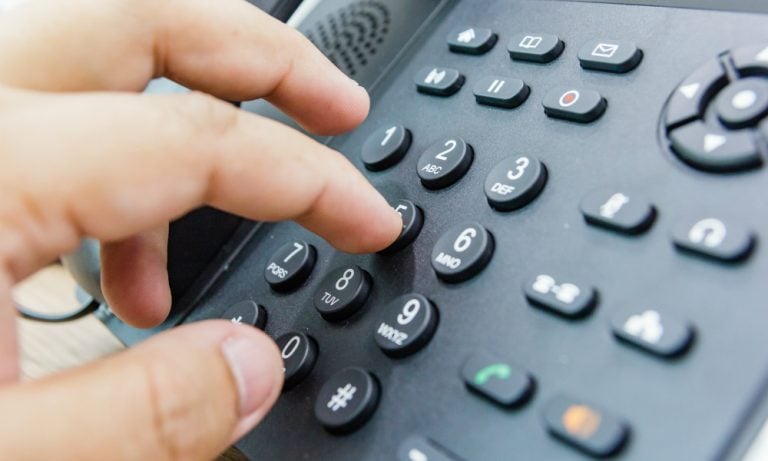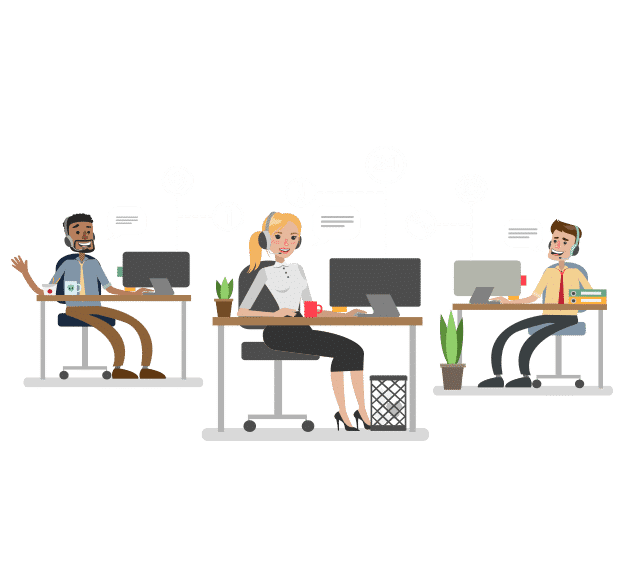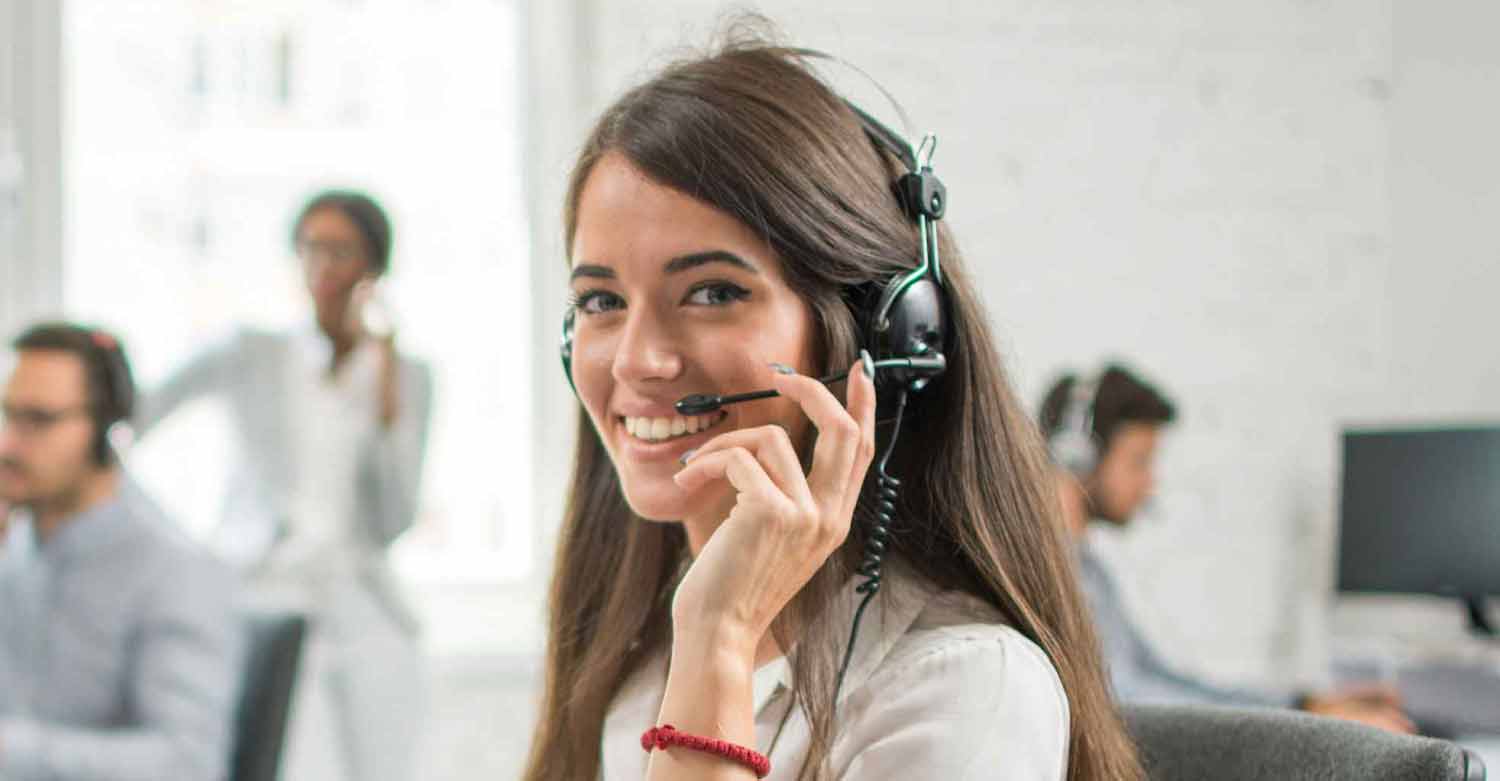All Categories
Featured
Table of Contents
Best What Is An Answering Service Showroom Near Me
This gadget and its followers were developed by Sava Jacobson, an electrical engineer with a private consulting company. While early voice mail utilized magnetic tape technology, a lot of modern-day equipment uses solid state memory storage; some gadgets utilize a mix of both, with a solid-state circuit for the outbound message and a cassette for the incoming messages.
"toll conserving" below) (virtual telephone answering). This works if the owner is evaluating calls and does not want to talk with all callers. In any case after going, the calling celebration must be informed about the call having actually been addressed (in a lot of cases this starts the charging), either by some remark of the operator, or by some welcoming message of the TAD, or resolved to non-human callers (e.
This holds especially for the Little bits with digitally kept welcoming messages or for earlier makers (prior to the increase of microcassettes) with an unique limitless loop tape, different from a second cassette, devoted to recording. There have been answer-only gadgets with no recording capabilities, where the welcoming message had to inform callers of a state of present unattainability, or e (telephone answering service).
Whats The Best Live Call Answering - Virtual Reception

about schedule hours. In tape-recording Little bits the welcoming generally contains an invitation to leave a message "after the beep". An answering device that utilizes a microcassette to tape messages On a dual-cassette answerphone, there is an outgoing cassette, which after the defined variety of rings plays a pre-recorded message to the caller.

Single-cassette voice mail consist of the outgoing message at the beginning of the tape and incoming messages on the staying area. They initially play the announcement, then fast-forward to the next readily available area for recording, then tape-record the caller's message. If there are lots of previous messages, fast-forwarding through them can trigger a significant hold-up.
This beep is often referred to in the welcoming message, requesting that the caller leave a message "after the beep". Littles with digital storage for the recorded messages do disappoint this hold-up, of course. A little bit might offer a push-button control center, whereby the answerphone owner can call the house number and, by getting in a code on the remote telephone's keypad, can listen to recorded messages, or erase them, even when far from home.
What Is The Best What The Heck Is An Answering Service? On The Market Today

Thereby the machine increases the number of rings after which it answers the call (generally by 2, resulting in four rings), if no unread messages are presently saved, but answers after the set variety of rings (typically 2) if there are unread messages. This allows the owner to find out whether there are messages waiting; if there are none, the owner can hang up the phone on the, e.
Some machines likewise permit themselves to be from another location activated, if they have been turned off, by calling and letting the phone ring a specific a great deal of times (normally 10-15). Some service companies desert calls already after a smaller variety of rings, making remote activation impossible. In the early days of Littles an unique transmitter for DTMF tones (dual-tone multi-frequency signalling) was regionally required for push-button control, because the formerly used pulse dialling is not apt to communicate suitable signalling along an active connection, and the dual-tone multi-frequency signalling was carried out stepwise.
Any inbound call is not recognizable with regard to these residential or commercial properties in advance of going "off hook" by the terminal devices. So after going off hook the calls must be changed to suitable devices and only the voice-type is instantly accessible to a human, however possibly, nevertheless ought to be routed to a TAD (e.
Top What Is An Answering Service?
What if I informed you that you do not need to in fact pick up your device when answering a consumer call? Somebody else will. So practical, right? Addressing phone calls doesn't need somebody to be on the other end of the line. Effective automated phone systems can do the trick just as efficiently as a live agent and sometimes even better.
An automated answering service or interactive voice reaction system is a phone system that interacts with callers without a live individual on the line - virtual telephone answering service. When companies utilize this technology, customers can get the response to a concern about your service merely by utilizing interactions established on a pre-programmed call circulation.
Although live operators update the customer service experience, numerous calls do not need human interaction. A simple recorded message or instructions on how a consumer can recover a piece of information typically resolves a caller's instant requirement - virtual call answering service. Automated answering services are a basic and effective method to direct inbound calls to the best individual.
The Best Answering Services?
Notification that when you call a company, either for assistance or product query, the first thing you will hear is a pre-recorded voice welcoming and a series of options like press 1 for customer support, press 2 for queries, and so on. The pre-recorded options branch out to other options depending on the client's selection.
The phone tree system helps direct callers to the best person or department using the keypad on a mobile phone. In some instances, callers can use their voices. It's worth noting that auto-attendant alternatives aren't restricted to the 10 numbers on a phone's keypad. As soon as the caller has actually selected their very first alternative, you can create a multi-level auto-attendant that utilizes sub-menus to direct the caller to the best kind of assistance.
The caller does not have to interact with a person if the auto-attendant phone system can manage their issue. The automatic service can route callers to an employee if they reach a "dead end" and need help from a live representative. It is costly to work with an operator or executive assistant.
What Is The Best Virtual Receptionist - Answering Service - Phone Answering For The Price
Automated answering services, on the other hand, are significantly more economical and supply substantial expense savings at an average of $200-$420/month. Even if you do not have actually dedicated staff to handle call routing and management, an automatic answering service enhances efficiency by allowing your team to concentrate on their strengths so they can more effectively invest their time on the phone.
A sales lead routed to customer support is a lost shot. If a customer who has product concerns reaches the wrong department or receives insufficient responses from well-meaning employees who are less trained to handle a specific type of question, it can be a cause of aggravation and frustration. An automatic answering system can lessen the number of misrouted calls, thereby helping your employees make much better usage of their phone time while maximizing time in their calendar for other jobs.
With Automated Answering Systems, you can create a customized experience for both your staff and your callers. Make a recording of your main welcoming, and merely update it regularly to reflect what is going on in your organization. You can develop as numerous departments or menu alternatives as you want.
Latest Posts
Best Bilingual Answering Service Near Me (Richmond 3121)
Cost-Effective Small Business Answering Service Near Me (Palmerston 0830)
Exceptional Live Receptionist Service – ACT 2912